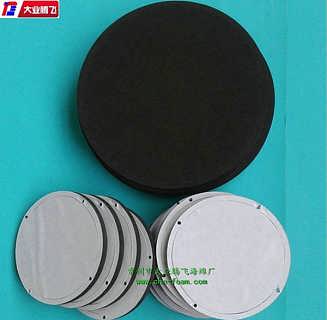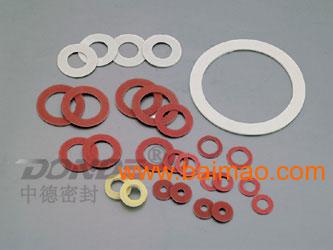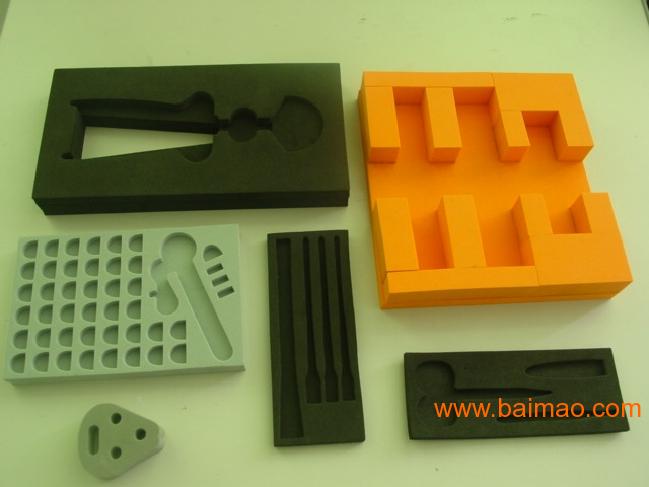摘要:本方案专注于绝缘垫片材料的持久性设计,同时提供快速问题处理方案。设计方面,我们将深入研究材料性能,确保绝缘垫片具有优良的耐久性和稳定性;针对可能出现的问题,我们将制定一套快速响应和处理机制,包括问题识别、评估、解决和反馈等环节,以确保及时有效地解决使用中出现的各种问题,提升绝缘垫片材料的应用效率和可靠性。
In today's world of technology and engineering, the demand for reliable and long-lasting components is paramount. The subject of this article focuses on the design of a long-lasting scheme for insulating gasket materials, which are crucial in various engineering applications.
Keywords: insulating gasket materials, durability design, long-lasting scheme
I. Introduction
The insulating gasket material plays a vital role in various engineering applications, serving as a barrier between two surfaces to prevent electrical or thermal contact. The need for materials with high durability and longevity has become increasingly important in industries such as automotive, aerospace, and electronics. This article outlines a scheme designed to ensure the long-lasting performance of insulating gasket materials.
II. Understanding the Insulating Gasket Material
The first step in designing a long-lasting scheme is to understand the characteristics of the insulating gasket material. The material must possess excellent electrical and thermal resistance properties, as well as high mechanical strength and resistance to environmental factors such as temperature and humidity. Understanding the material's properties and limitations is crucial in determining its application and performance in various engineering scenarios.
III. Material Selection for Longevity
Choosing the right material is critical in ensuring the longevity of the insulating gasket. Materials such as PTFE, silicone, and other composite materials offer excellent insulating properties and are resistant to various environmental conditions. The selection of the material should be based on its performance characteristics, cost, and sustainability. Additionally, considering the operating conditions and the demands of the application is essential in selecting the most suitable material.
IV. Design Considerations for Durability
The design of the insulating gasket is crucial in ensuring its durability. Factors such as thickness, shape, and surface treatments enhance the performance of the gasket. A well-designed gasket should be able to withstand high pressures, vibrations, and other mechanical stresses encountered in various applications. Additionally, considering the ease of installation and maintenance is essential in ensuring the longevity of the gasket.
V. Development of a Persistent Scheme
To ensure the long-lasting performance of the insulating gasket material, a comprehensive scheme is developed. This scheme involves several stages, including material selection, design optimization, testing, and validation. The use of advanced materials and manufacturing techniques helps create a robust and reliable gasket. Additionally, rigorous testing ensures that the gasket performs as expected under various conditions.
VI. Implementation and Evaluation
Implementation of the long-lasting scheme for insulating gasket materials involves several stages. The first stage involves manufacturing the gasket using the selected material and design. The next stage involves rigorous testing to evaluate the performance of the gasket under various conditions. Evaluation criteria include mechanical strength, electrical resistance, thermal resistance, and resistance to environmental factors such as temperature and humidity. Feedback from testing is used to further optimize the design and improve the performance of the gasket.
VII. Conclusion
In conclusion, the design of a long-lasting scheme for insulating gasket materials is crucial in ensuring reliable and efficient engineering applications. Understanding the material properties, selecting the right material, designing for durability, developing a persistent scheme, implementation, and evaluation are essential steps in ensuring the longevity of the insulating gasket. With advances in materials and manufacturing techniques, it is possible to create robust and reliable insulating gaskets that can withstand the demands of various engineering applications.



